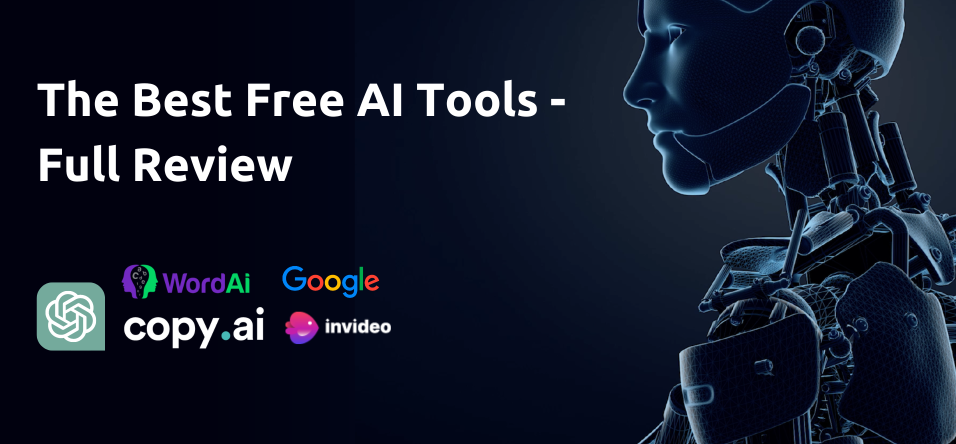The halls of artistic expression are echoing with the click-clack of keyboards and the whirring of processors. Artificial intelligence (AI) has entered the creative arena, wielding a paintbrush of code and a palette of algorithms. This new tool is sparking a fascinating dance between humans and machines, blurring the lines between creator and collaborator.
A Brushstroke of Accessibility
Traditionally, the path to artistic mastery has been arduous, demanding years of dedicated practice. However, AI art creation tools are opening the doors to creative expression for a wider audience. Even those with no formal training can generate visually stunning images or experiment with new artistic styles with a few clicks and prompts.
This accessibility factor has a profound impact. It allows individuals with limited physical capabilities or those lacking access to traditional art resources to explore their creative potential. Additionally, AI tools can ignite a spark of creativity in younger generations, fostering an early appreciation for the arts.
Beyond the Algorithm: The Power of Human Imagination
While top free AI tools offer exciting possibilities, it’s crucial to remember that artistic expression is more than just generating visuals. It is a deeply human endeavor, imbued with emotions, experiences, and a unique worldview.
The human artist brings a critical element to the equation: imagination. AI can generate an image based on a set of parameters, but it lacks the ability to conceive entirely new concepts or imbue them with emotional depth. This is where the human artist shines. They can take the AI-generated image as a starting point, refine it, and infuse it with narrative, symbolism, and personal vision.
A Symphony of Collaboration
The most exciting aspect of AI in art might not be its ability to replace artists but rather its potential to enhance human creativity. Imagine a scenario where an artist utilizes AI to explore various artistic styles or generate random visual prompts to overcome creative block.
Additionally, AI could assist in the technical aspects of art creation, freeing up the artist to focus on the more conceptual and emotional layers of their work. This collaboration fosters a powerful synergy, leading to the creation of groundbreaking art forms that push the boundaries of the traditional.
A Spectrum of Artistic Expression
The realm of AI art encompasses a vast array of tools and applications:
-
Image Generation: Users can describe a concept through text prompts, and the AI will generate an image based on their description. This allows artists to explore various ideas and visualize their concepts before putting pen to paper (or stylus to tablet).
-
Style Transfer: This tool allows users to apply the artistic style of renowned artists like Van Gogh or Da Vinci to their own photographs or artwork. This opens exciting avenues for artistic exploration and experimentation.
-
Color Palette Exploration: AI can assist artists in selecting color palettes that evoke specific emotions or complement their artwork’s theme. This can be particularly valuable for artists who struggle with color theory or want to experiment with new color combinations.
-
Fractals and Generative Art: AI algorithms excel at creating intricate and visually stunning fractals and generative art pieces. These forms of art can be mesmerizing and offer an entirely new perspective on artistic creation.
The Evolving Canvas: Ethical Considerations
As with any new technology, AI art presents certain ethical considerations. Concerns have arisen regarding copyright ownership of AI-generated works and the potential for AI to be used to create deepfakes or other forms of deceptive art. These are important issues that require ongoing discussion and collaboration between artists, technologists, and legal experts.
It’s crucial to establish clear guidelines and frameworks to ensure the ethical use of AI in art. This includes addressing ownership rights, ensuring transparency in AI-generated artwork, and safeguarding against the misuse of the technology.
The Future Unfolds: A Tapestry Woven with AI and Human Creativity
The future of AI art is brimming with possibilities. We can envision a world where:
AI Personalizes Art Experiences: Imagine museums utilizing AI to create personalized tours or generate artwork that resonates with individual visitors’ preferences.
AI Democratizes Art Creation: AI tools could become readily available and affordable, enabling anyone to create and share their artistic vision with the world.
AI and Human Collaborations Redefine Art: A fusion of human imagination and AI’s technical prowess could lead to the birth of entirely new art styles and mediums.
Conclusion: A Celebration of Synergy
The rise of AI art creation shouldn’t be viewed with trepidation but rather as an exciting new chapter in the ever-evolving story of art. AI is not poised to replace human artists; instead, it presents a powerful tool for artistic exploration and collaboration. As AI and human creativity continue to dance together, we can expect a breathtaking display of artistic expression that pushes the boundaries of what’s possible.






